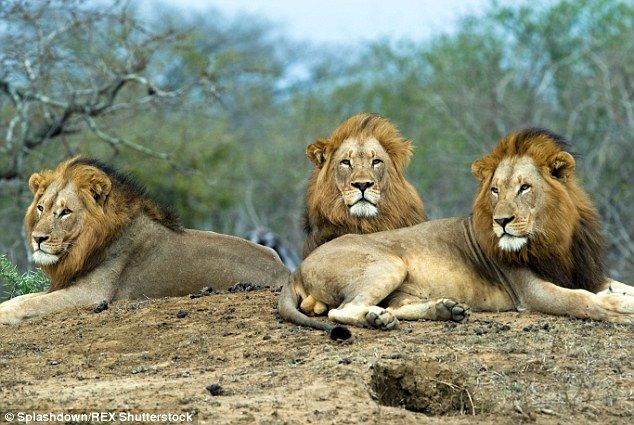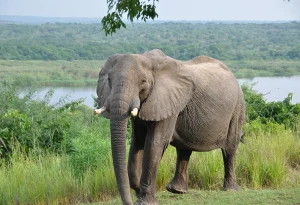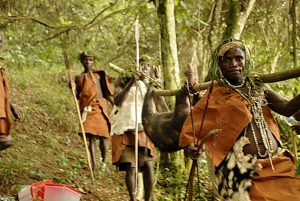Rwanda, known globally for its mountain gorilla trekking in Volcanoes National Park, is increasingly becoming a well-rounded safari destination including for travelers interested in seeing Africa’s iconic big cats. While Rwanda does not have as many parks as neighboring Tanzania or Kenya, it offers carefully protected and well-managed habitats that now host lions, leopards, and even the elusive cheetah. where to see big cats on a Rwanda safari.
If you’re wondering where to see big cats on a Rwanda safari, this guide will help you explore the best destinations, what species to expect, and how to improve your chances of spotting them. where to see big cats on a Rwanda safari.
1. Akagera National Park – The Ultimate Big Cat Destination in Rwanda
Akagera National Park is Rwanda’s premier destination for seeing big cats in the wild. Located in the country’s eastern lowlands near the Tanzanian border, this savannah park has undergone one of Africa’s most impressive conservation turnarounds.
What Big Cats You Can See:
- Lions – Reintroduced in 2015, the lion population is now thriving.
- Leopards – Widespread but elusive; most commonly seen on night drives.
- Cheetahs – Reintroduced in 2019; sightings are rare but increasing.
Why Akagera Is Ideal:
- It is the only park in Rwanda where all the “Big Five” can now be seen: lion, leopard, elephant, buffalo, and rhino.
- The park has open plains, wooded hills, and lake systems, offering varied ecosystems ideal for predators.
- Well-trained guides and rangers enhance the quality of game drives and tracking experiences.
- Low tourist traffic compared to parks in Kenya or Tanzania means more intimate wildlife encounters.
Best Wildlife Viewing Zones in Akagera:
- Southern and Central sectors: Great for lions and leopards.
- Northern plains near Mutumba Hills: Best chance of seeing cheetahs and large herds of antelope (prey species).
- Night game drives: Offered by the park for leopard and hyena sightings.
Best time to visit: June to September and December to February (dry seasons for better visibility).
2. Volcanoes National Park – No Big Cats, but Worth Visiting
While Volcanoes National Park is not home to lions, leopards, or cheetahs, it remains a must-visit for its world-famous gorilla trekking and unique highland ecosystems. The forested terrain is not suitable for big cats, and there are no large savannah predators here. where to see big cats on a Rwanda safari.
However, for a complete Rwandan safari, you could easily combine a visit to Volcanoes with a big cat safari in Akagera.
3. Nyungwe National Park – No Big Cats, Primates Only
Like Volcanoes, Nyungwe Forest National Park is rich in biodiversity but lacks big cats. It is, however, one of the best places in East Africa to see:
- Chimpanzees
- Colobus monkeys
- L’Hoest’s monkeys
Nyungwe’s dense montane forest makes it unsuitable for lions, leopards, or cheetahs.
Conservation Success: The Return of Big Cats to Rwanda
Rwanda’s success in reintroducing and conserving big cats is a model for other nations. After the 1994 genocide, wildlife numbers plummeted, and many predators were wiped out. But since 2010, through a partnership between the Rwanda Development Board and African Parks, Akagera has been restored to its former glory:
- Lions reintroduced in 2015: Seven lions were brought from South Africa; the population has since grown to over 40.
- Cheetahs introduced in 2019: Conservationists translocated cheetahs to diversify the predator population.
- Security and community engagement: Poaching has been dramatically reduced through strong enforcement and local partnerships.
This transformation has made Akagera one of the best-kept safari secrets in East Africa.
How to Maximize Your Chances of Seeing Big Cats in Rwanda
- Book a guided game drive in Akagera – Local guides are trained in tracking and know the park’s predator hotspots.
- Opt for a night game drive – Especially useful for leopards, which are mostly nocturnal.
- Stay in the park for at least two days – This gives you multiple chances to explore different zones and spot elusive species.
- Visit in the dry season – Wildlife gathers around water sources and visibility is better.
- Use safari lodges with guides and vehicles – Professional tours have better success rates with predator sightings.
What to Expect on a Big Cat Safari in Rwanda
| Species | Where to See | Chance of Sighting | Best Time |
|---|---|---|---|
| Lions | Akagera NP | High in central/north areas | Morning/late afternoon |
| Leopards | Akagera NP (night drives) | Moderate to high (more elusive) | Night or dawn |
| Cheetahs | Akagera NP (north) | Rare but possible | Dry season when grass is low |
Wildlife Photography Tips for Big Cats in Akagera
If you’re a wildlife photographer, Akagera offers fantastic opportunities for capturing predators in action:
- Early morning light is best for capturing lions and cheetahs.
- Telephoto lenses (300–600mm) are essential for distant subjects.
- Consider private game drives to allow for more photography-focused stops and angles.
- Night drives with infrared lighting can also help photograph nocturnal predators like leopards.
Final Thoughts
Although Rwanda has only one park where big cats roam—Akagera National Park—it delivers a powerful and exclusive experience. With thriving populations of lions, a recovering cheetah population, and healthy numbers of leopards, Rwanda is increasingly becoming a well-rounded safari destination, ideal for those looking to combine predator viewing with gorilla trekking. where to see big cats on a Rwanda safari.
If you’re planning a wildlife safari in Rwanda and want to include big cats in your itinerary:
- Start with 2–3 nights in Akagera for safari and predators
- Add 2–3 nights in Volcanoes National Park for gorilla trekking
- Optionally, include a visit to Nyungwe for chimpanzees
Let me know if you’d like a detailed itinerary, recommendations for lodges, or help booking a guided safari through Akagera’s top wildlife zones.




